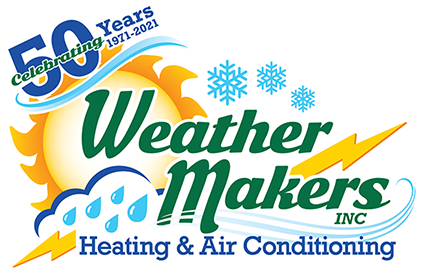When many people think of fans, they think of them in terms of cooling the home, but when you know how to use them properly, your ceiling fans can actually supplement your heating system as well. Check your fan’s settings to make sure they are warming your Chesapeake home properly this fall and winter.
Understanding Fan Rotation
The rotation settings on your fans are what impact their capacity for heating or cooling the home. When the blades rotate counterclockwise, as it should in summer, it pushes cool air down to create a wind chill effect similar to what you feel outside on a windy day. This wind chill effect can make a room feel cooler.
Switch your ceiling fans to clockwise rotation in the winter for a different effect. When the fan rotates in a clockwise direction, it helps to circulate the warm air. This helps to lower your reliance on the heating system so that you can save more energy.
Your ceiling fan should have a switch on the side of the unit or housing that is used to change the rotation. Turn the fan off before attempting to change the rotation.
Ceiling Fan Speed
The speed at which you operate your fan will also impact its efficiency in heating or cooling the home. A high speed keeps the home cooler in summer, but in winter you should slow things down. Slow rotation is ideal for producing an effective updraft that circulates warm air without producing a wind chill effect.
Thermostat Settings
When you are operating your ceiling fans for fall and winter warming, you can set your thermostat a few degrees cooler while still enjoying similar home comfort levels. Experiment with your thermostat settings and fan use to find the optimum settings for a cozy living space this season.
To learn more about warming your home efficiently, contact Weather Makers, Inc. at 757-263-4869. We can help you to find effective ways to improve comfort and energy efficiency in your home.
